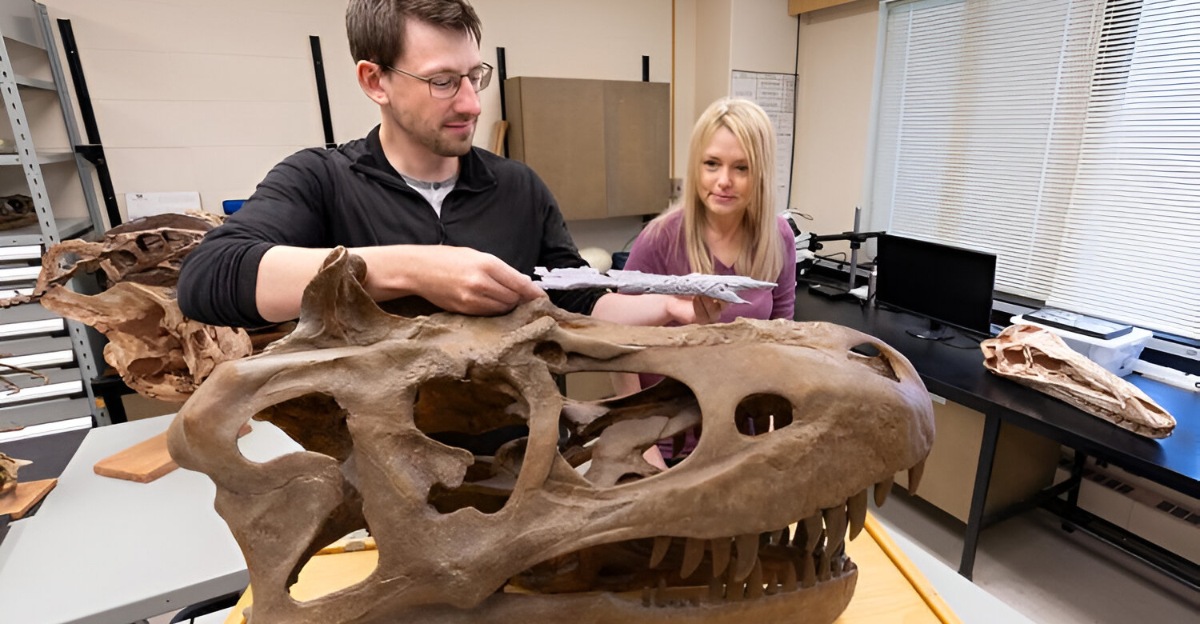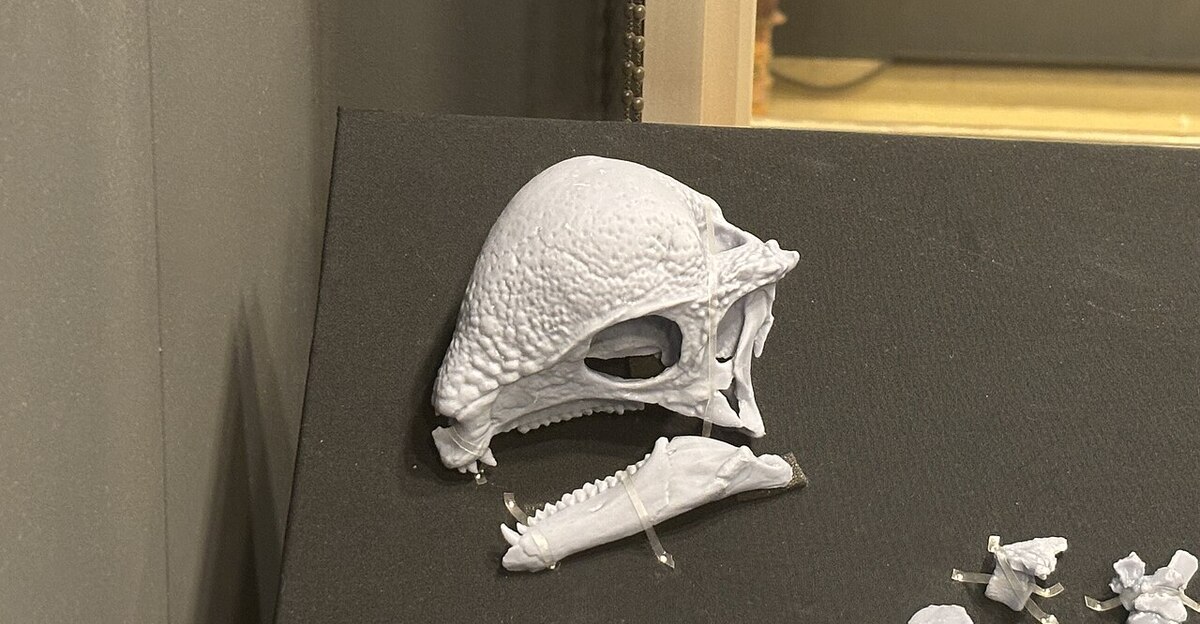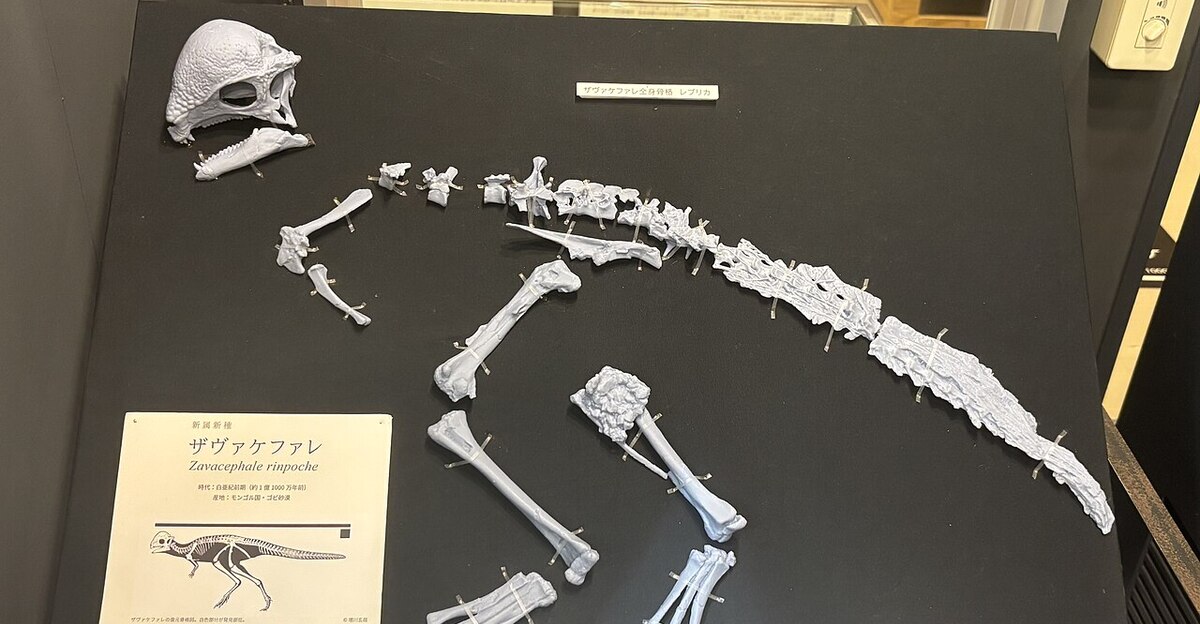
A once-in-a-lifetime discovery has pushed back the evolutionary history of some of the most mysterious dinosaurs. In September 2025, scientists announced the finding of Zavacephale rinpoche—a dome-headed dinosaur unearthed in Mongolia’s Gobi Desert. This fossil is the most complete of its kind ever discovered and reveals new insights into dinosaur anatomy, growth, and ancient behavior.
The skeleton, preserved for 108 million years, belonged to a juvenile plant-eater that measured just about one meter in length. It had a thick, domed skull, short arms, and long legs. Its remains included the skull, tail, and even hand bones, making it a rare treasure for paleontologists seeking clues to the lives of Pachycephalosauria.
Prehistoric Drama: Anatomy and Headbutting

Researchers quickly noticed the fossil’s completeness. Zavacephale’s skeleton had features not seen in other dome-headed dinosaur specimens, including a complete set of limbs and a unique bone dome atop its skull.
This dome, made of thickened bone, developed early—even before the animal was fully mature. The specimen’s well-preserved state allowed paleontologists to examine its growth stages and how the dome formed during its life.
But the questions didn’t stop at anatomy. Scientists also debated the function of the skull. For decades, experts have suspected that pachycephalosaurs, known for their thick heads, butted heads for social reasons or to compete for mates.
The completeness of Zavacephale allowed researchers to test these ideas further. Using bone wear analysis and structural studies, they found the dome would have survived repeated impacts. In other words, the dinosaur could engage in ritual headbutting displays safely—a behavior still seen in some modern animals.
Paleontologist Lindsay Zanno commented, “The consensus is that these dinosaurs used the dome for socio-sexual behaviors. It wasn’t for defense or temperature regulation, but most likely for showing off and winning mates.” This evidence now lends strong support to the headbutting hypothesis.
A Fossil That Changed Paleontology

Zavacephale rinpoche isn’t just another find. It rewrites the timeline for dome-headed dinosaurs, making the group at least 15 million years older than previously thought. The discovery fills a massive gap in the fossil record. Researchers can now study dome development and growth with unprecedented clarity, as the fossil combines juvenile status and a complete skull.
The desert climate and rocky soil helped preserve the skeleton so well. The specimen’s gastroliths—stones swallowed by the dinosaur—proves it ate a plant-based diet, grinding food inside its stomach. These details were all missing before. In past studies, only skulls or partial skeletons were recovered, often too fragmentary to answer key evolutionary questions.
This ancient “teenager” dinosaur lived at least 108 million years ago. The area where it died was a valley surrounded by lakes and cliffs, an environment where competition would have thrived. Adults of this species can reach lengths of up to four meters and weigh over 400 kilograms.
Paleontology is still changing. As Zanno explained, “This specimen is a once-in-a-lifetime discovery. It’s remarkable both for its age and how complete and well-preserved it is.” Every fossil like Zavacephale brings scientists closer to understanding how dinosaurs lived, fought, and found mates in a prehistoric world.